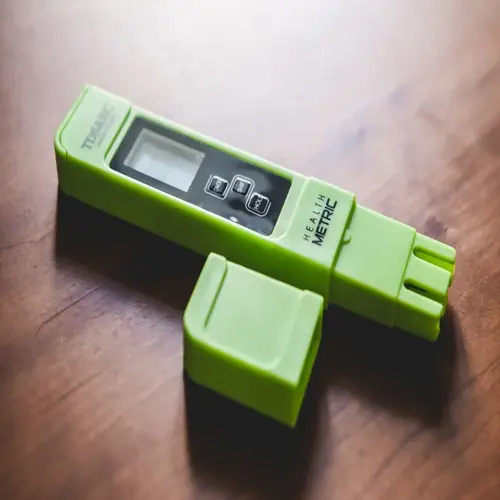Is clear water always safe for fish?

Written by
Susan Taylor
Reviewed by
Prof. Henry Webster, Ph.D.Crystal clear water creates a dangerous illusion of safety in aquariums, as I learned to my sorrow when my betta fish died in what was apparently splendidly clear water. Ammonia and nitrite poisons are perfectly invisible when they even reach poisonous strength. Clear water may mean the absence of visible organic matter, but it does not mean the absence of poison. Your only real safeguard is weekly tests.
Ammonia and nitrite are common killers that are not visible. They will burn fish gills and disorganize the organs without discolouring the water. In my guppy aquarium, the water appeared perfect when ammonia rose from a zero reading to two ppm in one night. Liquid tests are the only means for ascertaining these dangers. Never rely on appearances.
Testing Schedule
- Test ammonia and nitrite weekly minimum
- New tanks: Daily checks first month
- After water changes: Verify parameter stability
- Emergency tests: After fish deaths or equipment failure
Invisible Threats
- Ammonia from fish waste and decomposition
- Nitrite from incomplete nitrogen cycle
- Dissolved heavy metals from tap water
- Chloramine breakdown products
Prevention Steps
- Use liquid test kits not strips for accuracy
- Install continuous monitoring alerts
- Quarantine new plants and decorations
- Test source water before changes
Invisible contaminants such as copper and lead are often found in clear water. These heavy metals enter the water from the tap or decorations, slowly poisoning the fish. My own snail colony died because of copper, which was leached from the new pipes. These threats can only be detected with special test kits. Always test the source water before making water changes.
Bacterial balance presents as a temporary cloudiness, but in most cases is harmless. New tank syndrome creates milky water due to blooms of good bacteria. My aquarium cleared naturally in three days, without issues. True dangers, such as ammonia, leave the water crystal clear; however, their effect is to kill fish. Tests can differentiate harmless blooms from true hazards.
Routine tests provide real safety regardless of tank appearance. I manage my community tank by testing with a liquid kit every second week. Clear water is meaningful only when supported by tests that back up the result. Begin by testing for ammonia and nitrite every week. Your fish deserve this most important protection.
Monitoring test results rather than relying on visual inspection ensures accurate aquarium health. My clear water reef tank was hiding 5 ppm of lethal nitrite after a filter problem. Install continuous monitors whenever possible, and record the data to follow trends. Clear water is desirable, but testing makes it safe.
Read the full article: 7 Essential Aquarium Water Testing Tips
